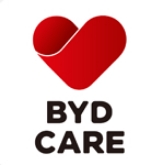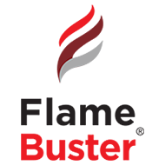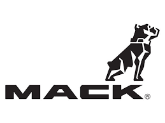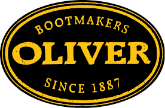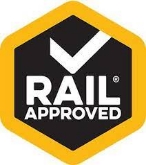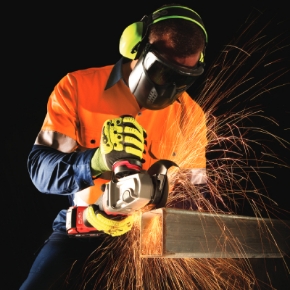Originally published by the Australian Institute of Health & Safety
WorkSafe Victoria recently issued a safety alert reminding mine operators about the risks of high-speed bearing failure on mobile equipment.
The alert was issued following an incident involving a haul truck operator at an underground metalliferous mine who was hauling material along a drive. The operator saw flames coming from the truck’s engine bay area. The truck’s Aqueous Film Forming Foam (AFFF) fire suppression system was ineffective in extinguishing the fire. A portable 9kg fire extinguisher was then used to extinguish the fire.
The fire happened because a high-speed drive shaft bearing next to the articulation joint overheated. An investigation found that the general-purpose grease recommended by the supplier was not suitable for high-speed bearings. The AFFF system did not provide coverage of the bearing.
There is a risk of fire if high-speed bearings on mobile mining plant fail, and failed bearings can cause friction; this friction can cause heat that ignites lubricating greases and oils.
Bearing components can fail if:
- the wrong type of lubrication grease is used
- there is no lubrication because of blocked greasing points or automatic greasing fails
- ‘lubed for life’ components fail prematurely
- maintenance inspections don’t identify damaged or worn components
- components aren’t changed at the necessary service intervals
The alert suggested a number of ways to control risks associated with high-speed bearing failure on mobile equipment:
- Check bearings for signs of wear or failure during mobile plant maintenance inspections.
- Use lubrication greases on high-speed bearings that meet manufacturer specifications.
- Develop preventative maintenance programs for mobile plant that:
o include appropriate change-out frequencies for high-speed bearings – these should be developed in consultation with the manufacturer
o consider site conditions - Include relevant items from manufacturer safety or service bulletins in the site’s preventative maintenance program.
Under the OHS regulations, mine operators also have additional duties, including:
- Review and, if necessary, revise processes and systems to:
o identify mining hazards
o assess associated risks and risk controls to ensure they are effective
This must be done:
o at least every three years
o before any mine modification
o after any incident involving a mine hazard
o if someone is removed from work because of a health monitoring report
o after a request from a Health and Safety Representative (HSR)
- Identify all mining hazards at their mine and assess associated risks, so far as is reasonably practicable.
- Use risk controls that eliminate or reduce risks, so far as is reasonably practicable.
- Establish and use a comprehensive and integrated safety management system for all identified risks. This requirement applies to prescribed mines.
- When required, prepare a safe work method statement (SWMS).
Employers must consult with employees and independent contractors (so far as is reasonably practicable) about things that affect, or are likely to affect, the employees.
“They must also consult with any HSRs, with or without the direct involvement of employees. This includes when identifying, assessing and controlling risks,” the alert said.
“Mine operators also have duties under the OHS Regulations to consult with employees and HSRs about health and safety matters. This includes when identifying mining hazards.
Employees and independent contractors can provide important information about what risks look like in their work. This will help ensure all aspects of risk are considered.


















